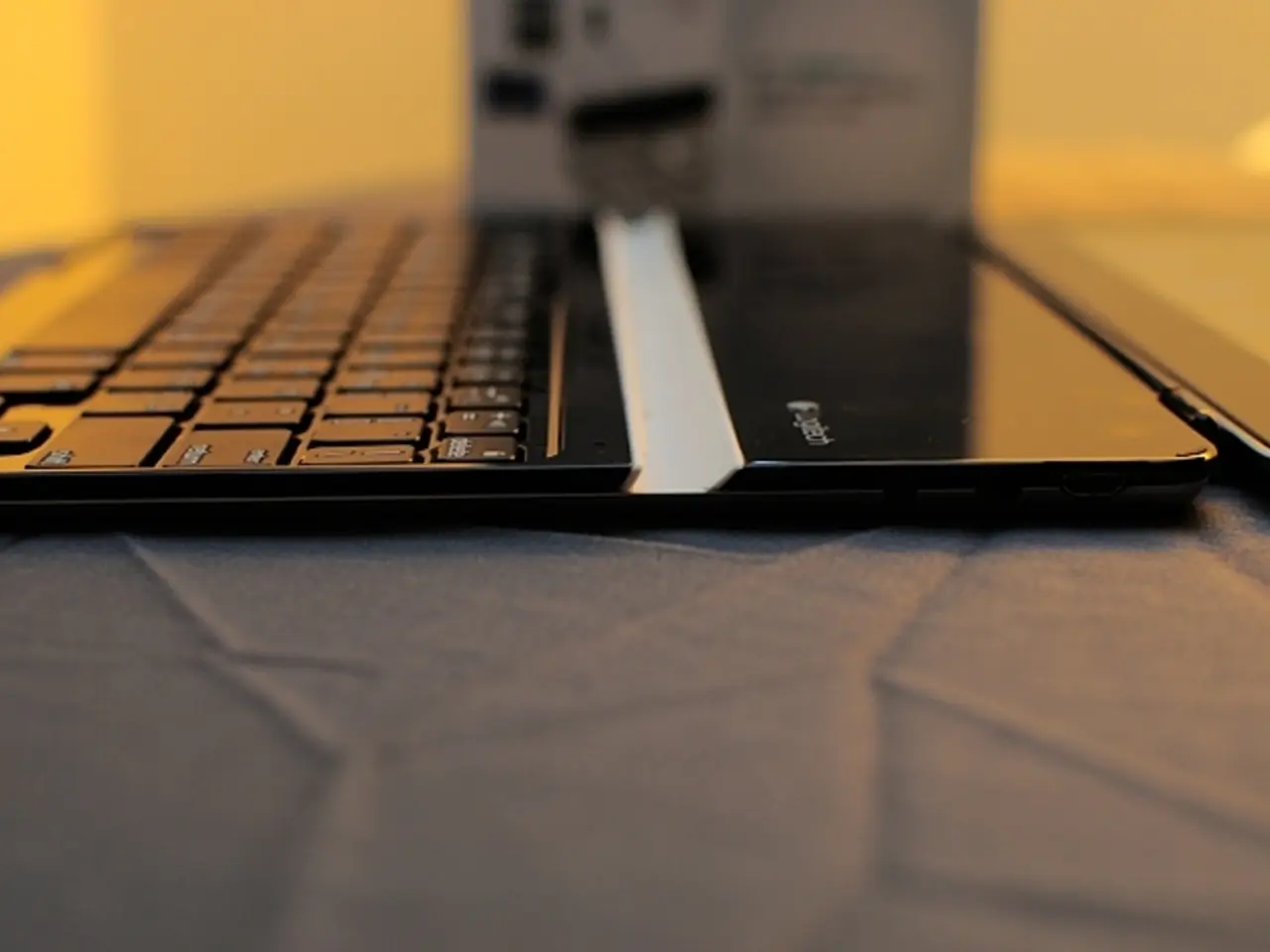Budget gaming laptops with integrated graphics generate enthusiasm, yet several factors suggest this might not come to fruition.
The gaming industry is constantly evolving, and the demand for powerful yet affordable gaming devices is on the rise. Two examples of high-end gaming laptops currently available are the MSI Titan 18 HX AI and the Razer Blade 18, priced between $3,000 and $5,000. However, the market is lacking affordable options for gamers, and a new approach is needed to broaden the availability.
One proposed solution is a low-end gaming laptop with integrated GPUs, such as the AMD Ryzen Z2 Extreme. This concept has been suggested, with an operating system (OS) tailored for gaming, like SteamOS or Windows 11's upcoming handheld gaming mode. Microsoft could potentially partner with laptop companies to offer lengthy trial subscriptions to streaming game services, further reducing the cost of these devices.
Valve, the creators of the Steam Deck, have already obtained a custom chip for their handheld device, similar to what might be required for a new low-end gaming laptop. This move indicates a growing interest in integrated graphics solutions for gaming devices.
The Framework Desktop and Asus ROG Flow Z13 have showcased the potential of integrated graphics in gaming laptops, although they come with high price tags. The idea of a "gaming lifestyle notebook" that is slim, powerful enough for most games, and ready with gaming features at the OS level is appealing, but currently faces challenges on the low end.
Handhelds with integrated graphics have been attempted in the past, such as the Adata XPG Xenia Xe and Alienware's Concept UFO, but have not become mainstream products. The Adata XPG Xenia Xe, for instance, was criticized for being expensive and unbalanced in a review.
The market for low-end gaming laptops remains complex due to factors such as limited fab capacity, demand for higher-margin parts, and the need for custom SoCs. Intel was one of the first companies to attempt developing an ultraportable laptop with an integrated graphics chip without a discrete GPU.
Modern AAA titles may require more powerful integrated graphics than currently available, making it challenging to call a laptop a "gaming laptop" without a dedicated GPU. The current state of integrated graphics in gaming laptops may require a few more iterations before being ready for prime time.
In an effort to make gaming more accessible, Lenovo has announced the Legion Go 2 handheld gaming device, starting at $1,049. Dell, too, has incorporated gaming features into their laptops, such as mechanical keyboards in some configurations of their gaming laptops, like the Dell G16.
However, the prices of gaming handhelds have been increasing, potentially discouraging their integration into more affordable laptops. As the industry continues to evolve, it's clear that there's a need for game validation, like what the Steam Deck and upcoming Xbox Ally will offer, to ensure compatibility with games on these potential low-end gaming laptops.
In the quest for an affordable, high-performance gaming laptop, the future looks promising, with innovations in integrated graphics, partnerships, and a renewed focus on accessibility.
Read also:
- Vans returning, allegedly?
- New details have surfaced regarding the extended ranges for the Tesla Model Y L and Model 3+ vehicles.
- Urgent Action: Users of Smartphones Advised to Instantly Erase Specific Messages, as per FBI Admonition
- Steal a bargain on this weekend's best Apple products: MacBooks, iPads, and AirPods available at a discounted price on Amazon!








